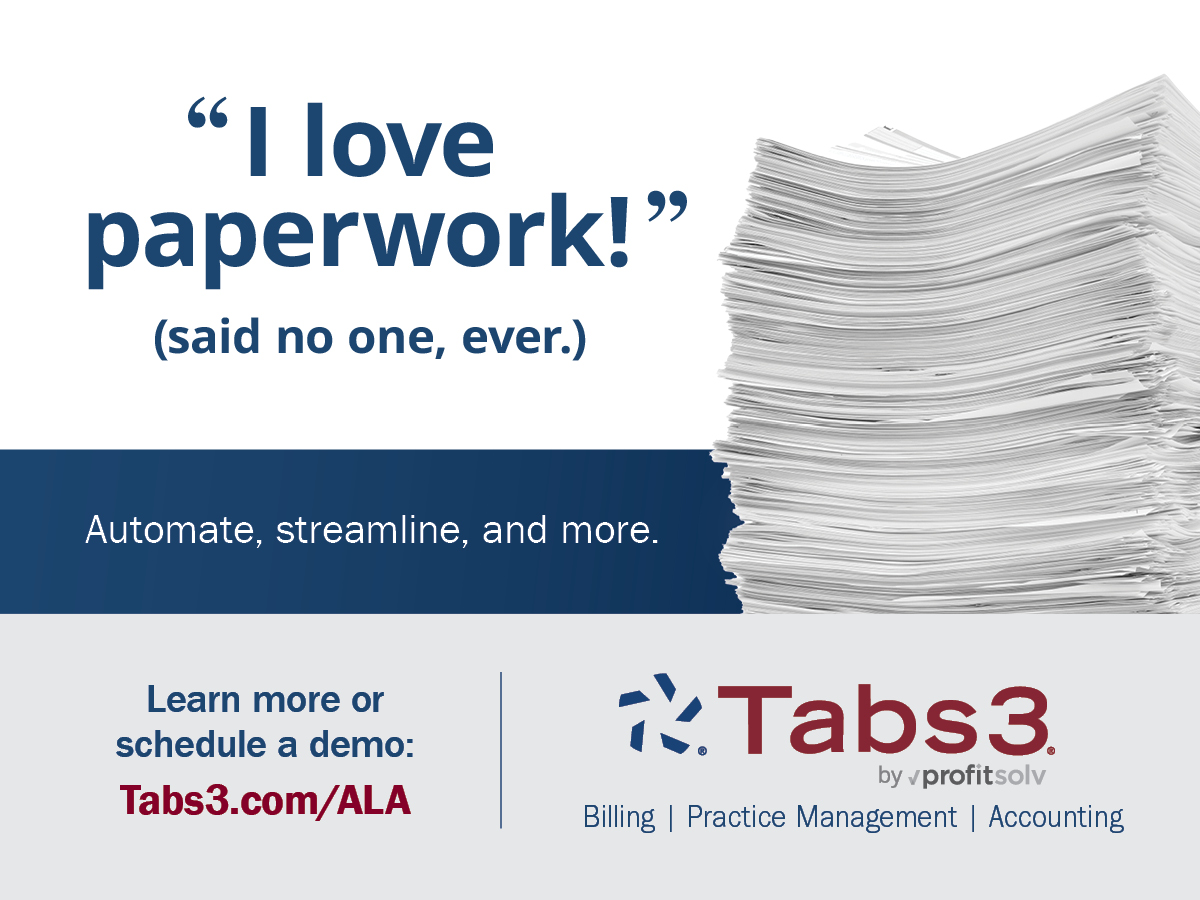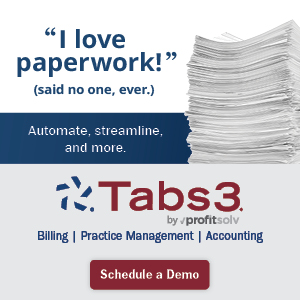Last year, news stories reported that some companies, mainly in the banking sector, told employees that they must return to the office, and companies immediately received pushback and poor publicity. Employees said, “Oh yeah? Then I quit.”
This was at a time when demand far exceeded talent and things like the Great Resignation, quiet quitting and quiet firing proceeded to rock companies’ status quo. Employees may have spent pandemic downtime reassessing their jobs and realizing they weren’t really happy.
At the same time, employees exercised all their reserved energy from being at home, having had work put on hold, and generally doing less.
“That pent-up energy produced great demand for products and services, so the economy started firing up,” says Larry Richard, PhD, Founder and Principal Consultant at LawyerBrain, which tailors advice and interventions to large multijurisdictional law firms based on lawyer personality research. Richard also wrote a white paper “How to Hold Onto Your Lawyers.”
“It’s not a great combination when you have a pent-up economy and a decline in the workforce,” he says. “This is a multifaceted problem that cuts across different genders, ages, races and experience levels.”
In addition, the robust economy increased the workload for law firms. “Much of the work these days compared to 20 years ago is more complex and can’t be done by one lawyer sitting home alone; it requires collaboration,” says Richard.
Suppose a client comes to a firm saying it wants to acquire another company. In that case, suddenly, you have to bring in corporate tax people, M&A lawyers and insurance coverage lawyers, real estate and land use lawyers, and employment lawyers. It’s an endless list that must collaborate and is more challenging to do over Zoom than in person.
THE FAILURE OF EXTRINSIC MOTIVATION
Not only is in-office work driven by collaboration needs but also by leaders, who rightly assumed that to maintain their corporate culture — especially at firms with multiple locations — they needed to get their people back.
“Out of sight is out of mind, and if lawyers are sitting alone [at home,] firms are much more at risk of losing them to another job,” says Richard.
For example, if you’re a leader and mandate that attorneys must be back in the office Tuesday, Wednesday and Thursday or every day by a specific date, you get built-up resentment. Richard says lawyers have among the highest need for autonomy as any group measured. So, they'll either thumb their nose up and quit or show up and give you the minimum work necessary to keep from being fired.
“Out of sight is out of mind, and if lawyers are sitting alone [at home] firms are much more at risk of losing them to another job.”
On the other hand, if you don’t mandate their return, leaders are left feeling ineffective and wondering why they can’t get their attorneys back to the office. And the only two tools available to address the behavior are either: 1) a coercive mandate — “Do this or else”; or, 2) dangle a carrot: “Come to the office, and we’ll have free pizza every Tuesday or free massages on Fridays.”
But Richard notes that these extrinsic incentives — offering “carrots” or imposing threats — are not an effective long-term motivational tool.
THE POWER OF INTRINSIC MOTIVATION
Instead, intrinsic rewards by their very definition are internal feelings, needs and values that employees have and that get fulfilled by treating them in a certain way. Intrinsic needs include:
- The need for autonomy: I get input into things that affect my future.
- The need for meaning: I feel like what I do matters and as my supervisor, you can help me.
- The need for connection and belonging: I feel like I’m part of a team, an organization, and I feel connected to the real human beings there. People aren’t just superficial, we’re building relationships.
- The need for mastering competence: I’m building a valuable and essential skillset.
A Gallup poll noted that employee engagement was down since the pandemic and also found that there are two delivery channels for activating intrinsic rewards that will produce high levels of engagement:
- The supervisory relationship (the relationship between a supervising partner or senior associate and their junior associate).
- The firm’s culture.
First, a supervisor must understand these intrinsic needs and know how to activate them. They can include giving the associate a degree of autonomy, helping the associate see the meaning attached to the work they’re doing, helping the associate feel like they belong, and letting them know that their supervisor and the firm is interested in them mastering the skills of a high-quality lawyer.
Secondly, the firm’s culture must show that senior lawyers (executive committee, practice chairs and supervisors) role model autonomy, find meaning in their work, and provide a sense of connection, belonging and mastery.
“If they don’t, or they turn their nose up on intrinsic rewards as touchy-[feely], silly or trivial, it’s obvious they don’t know the science because the science says that’s the single most important factor in overall well-being and life satisfaction,” says Richard.
“If they don’t, or they turn their nose up on intrinsic rewards as touchy-[feely], silly or trivial, it’s obvious they don’t know the science because the science says that’s the single most important factor in overall well-being and life satisfaction.”
Your corporate culture also includes what you say in messaging to clients, on your walls and in the subtle ways you communicate. These are also important in luring, attracting and retaining talent.
If you can create a day-to-day work experience that makes employees feel like “Wow, I feel so good when I go to the office; I feel like I can make important decisions, and I’m connected to people that are my friends. I feel part of something meaningful, and I’m proud to be part of this organization because they see who I am and they’re interested in my development,” you’ll likely see less resistance to coming back to the office, attrition and disgruntled attitude and more buy-in. Plus, not to mention healthier, happier employees.
If that’s how they feel when they go to the office, they’ll get up tomorrow morning and each day thereafter thinking, “I can’t wait to get to the office.” That’s what you want as opposed to “Ugh, unfortunately, I have to drag myself to the office again today,” Richard notes.
And if you’re looking to lure in top talent, talk about these intrinsic values. Tell candidates how they’ll be prized and celebrated for their individuality, that someone will seek out their strengths daily, and their work will have a deep purpose. Instead of a sanitized conference room interview, walk employees around the office and introduce them to staff. If they’re far into the interview process, invite them to lunch or a firm event. Show them the culture.
They’ll want to know that the pay scale is competitive, the clients are interesting, and their practice area is valued. Also talk up these psychological factors like their relationship with their supervisor and the intrinsic culture that will provide autonomy, meaning, connection and mastery.


